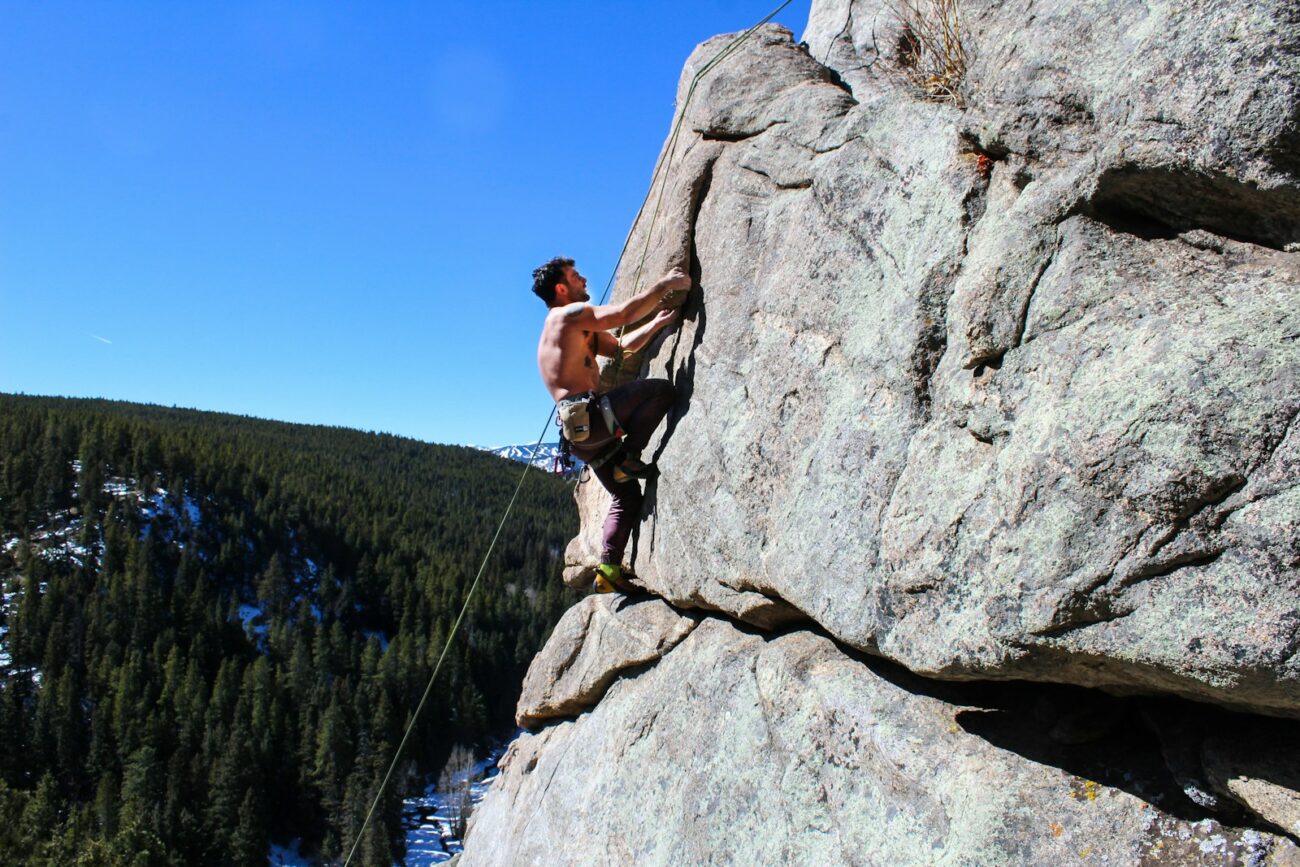Rock climbing enthusiasts know the thrill of conquering new heights and exploring diverse terrains. When a full vacation isn’t possible, long weekends offer the perfect opportunity to escape routine and find adventure on the rocks. From limestone cliffs overlooking pristine waters to desert spires reaching toward endless blue skies, North America boasts countless destinations ideal for extended weekend climbing trips. This guide explores the best locations that balance accessibility, climbing quality, and surrounding amenities—allowing you to maximize your time on the wall without requiring extensive travel planning.
Red River Gorge, Kentucky
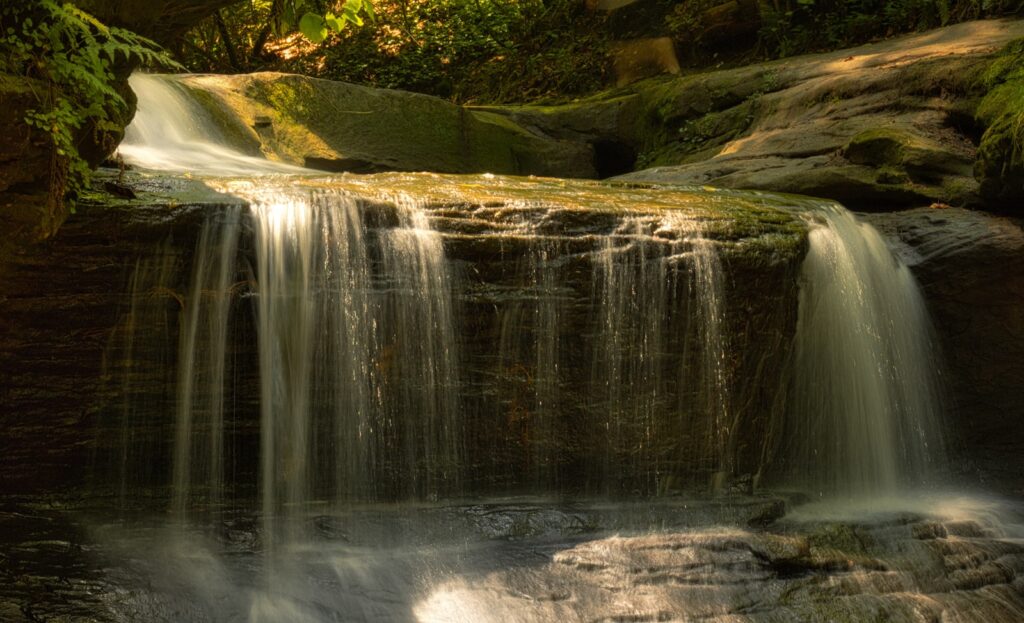
The “Red,” as it’s affectionately known among climbers, offers some of the best sport climbing in the United States within a concentrated area. Located in eastern Kentucky, this sandstone paradise features over 3,000 routes ranging from beginner-friendly 5.7s to challenging 5.14s, with a particular abundance of quality routes in the 5.10-5.12 range. The rock formation creates unique features including massive roofs, honeycomb pockets, and iconic arches that make for both challenging and aesthetically pleasing climbing. Accommodation options span from primitive camping at Koomer Ridge to cabin rentals and the famous climber-owned Miguel’s Pizza, where you can pitch a tent, grab delicious food, and swap beta with fellow enthusiasts. The spring and fall shoulder seasons offer ideal temperatures, lower humidity, and fewer crowds than peak summer months.
Joshua Tree National Park, California
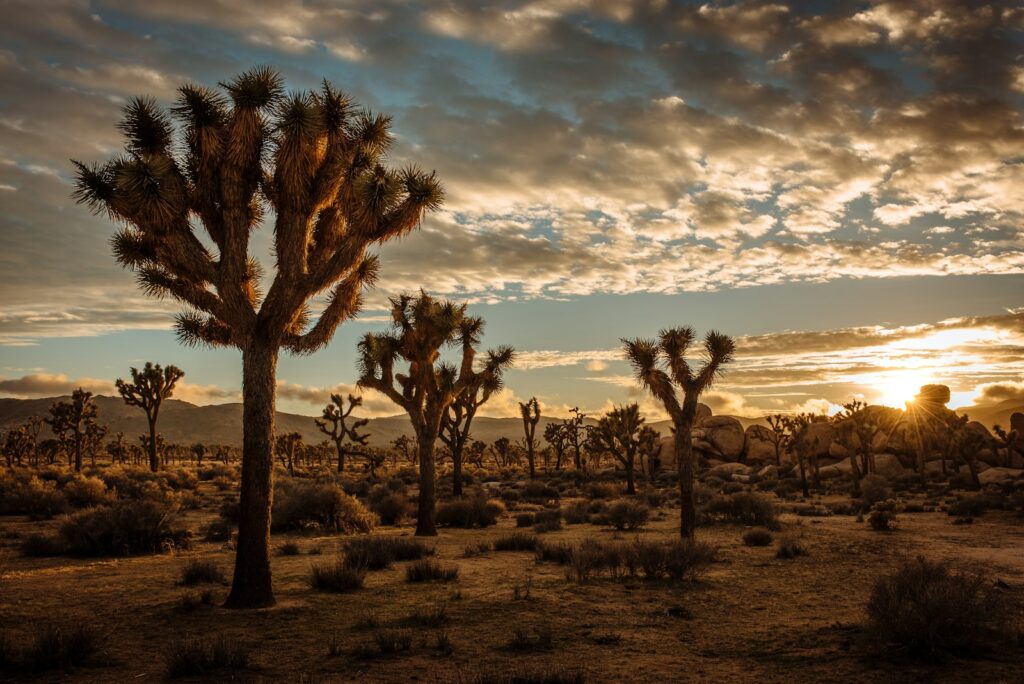
For traditional climbing enthusiasts, Joshua Tree represents an iconic granite playground with a distinctive desert aesthetic unlike anywhere else. The park features more than 8,000 established routes across countless formations, specializing in crack climbing, friction slab, and face routes that will test your technique rather than just your strength. A long weekend here allows you to sample diverse climbing styles while experiencing the park’s otherworldly landscape of twisted Joshua trees and boulder piles stretching to the horizon. The nearby town of Joshua Tree offers quirky accommodation options from airstreams to artistic desert retreats, while camping within the park puts you minutes from the crags. Winter and early spring provide ideal climbing temperatures, as summer heat makes climbing nearly impossible during daylight hours.
Smith Rock State Park, Oregon
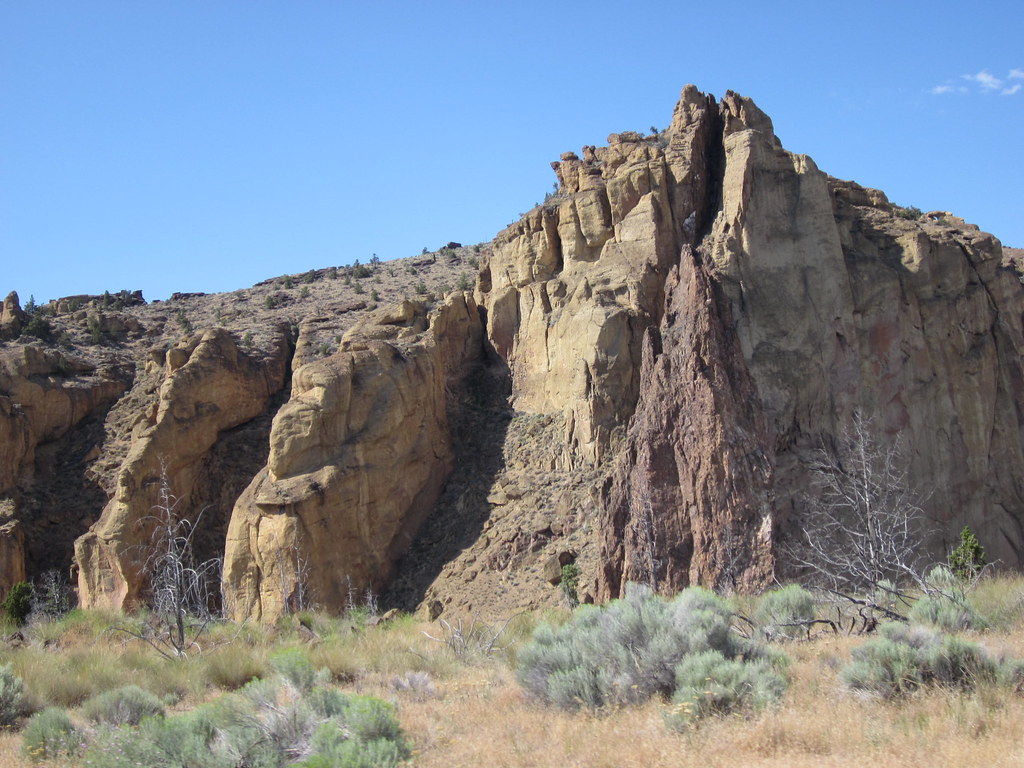
Often credited as the birthplace of American sport climbing, Smith Rock combines dramatic scenery with historical significance and world-class routes. The volcanic tuff and basalt columns rising from the Crooked River canyon create a striking backdrop for approximately 2,000 routes ranging from multi-pitch traditional climbs to technical face climbing. Classics like “Chain Reaction” (5.12c) and “To Bolt or Not to Be” (5.14a) helped establish sport climbing in America, while numerous moderate routes make this destination accessible to intermediate climbers as well. The walk-in Bivouac camping area provides affordable accommodation right at the base of the park, making early morning starts easy and convenient. Spring and fall offer the best climbing conditions, while summer mornings can work if you seek shade during afternoon heat.
Squamish, British Columbia
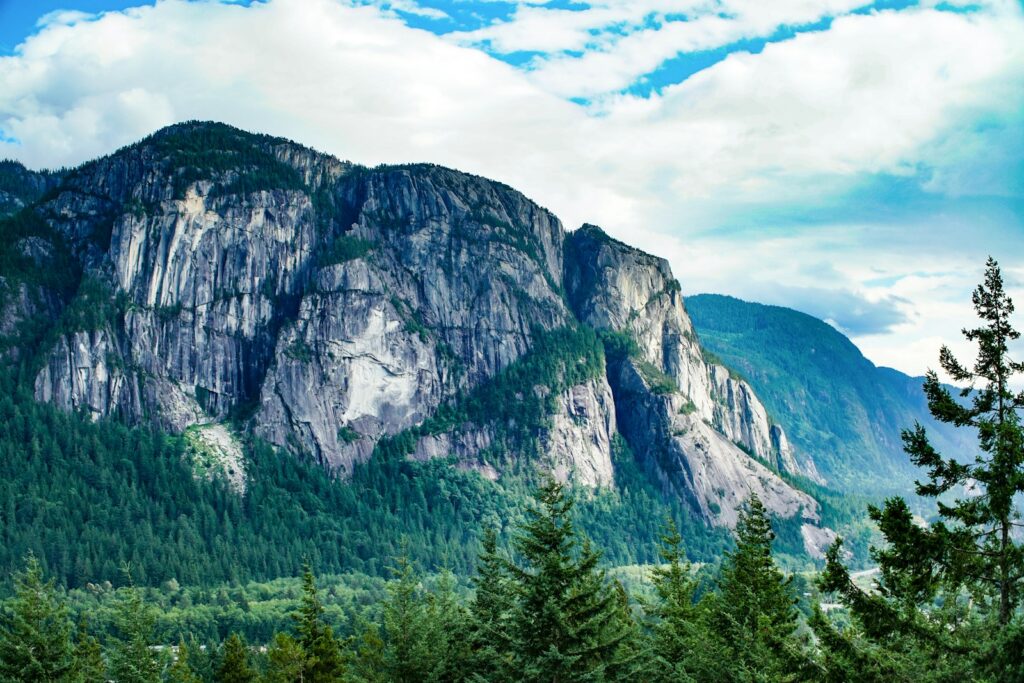
Just an hour’s drive from Vancouver, Squamish offers world-class climbing in a breathtaking setting beneath the imposing granite monolith of the Chief. This Canadian destination features everything from crack climbing on perfect granite to bouldering on smooth glacial erratics scattered throughout the forest. The multi-pitch routes on the Grand Wall and other faces of the Chief provide big wall experiences within a relatively accessible format, while the nearby Smoke Bluffs offer single-pitch options perfect for fitting maximum climbing into a long weekend. The town of Squamish caters to outdoor enthusiasts with climbing shops, breweries, and cafes, while camping options at the Chief campground put you within walking distance of many climbs. Late summer through early fall provides the most reliable dry weather, though prepared climbers can find opportunities from late spring through early autumn.
New River Gorge, West Virginia

The “New” offers some of the East Coast’s highest quality sandstone on dramatic cliff bands stretching for miles along the river corridor. Known for its technical face climbing on small crimps and distinct Nuttall sandstone, the area features over 1,600 established routes that tend to favor intermediate to advanced climbers. The recent designation as America’s newest national park has increased the area’s profile, though most climbing areas remain unchanged and accessible. The nearby town of Fayetteville has evolved into a climber-friendly hub with gear shops, restaurants, and various accommodation options from camping to vacation rentals. The American Alpine Club operates a convenient campground specifically for climbers, featuring hot showers and communal spaces. Fall brings spectacular foliage along with prime climbing conditions, though spring and early summer can also provide excellent climbing weather.
Rumney, New Hampshire
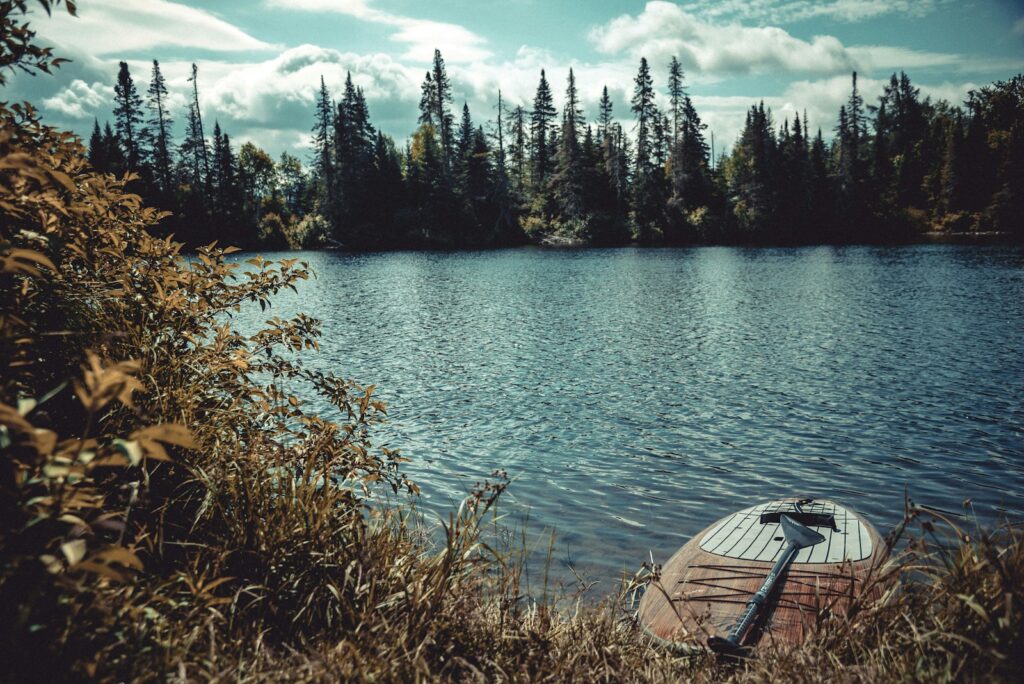
Nestled in the White Mountains of New Hampshire, Rumney has established itself as the premier sport climbing destination in the Northeast. The schist rock creates technical climbing on varied terrain from slabs to steep overhangs, with approximately 800 routes concentrated in a relatively small area making it perfect for a long weekend trip. The climbing is primarily single-pitch sport routes in the 5.10-5.13 range, though plenty of options exist for newer climbers as well. The convenient roadside access to most crags means you can maximize climbing time rather than hiking, while the nearby Baker River offers a refreshing post-climb swim during summer months. The newly expanded parking areas and bathrooms have improved the infrastructure for visitors, and nearby Plymouth offers various dining and lodging options beyond the basic camping available at Rumney Rocks Campground.
Moab, Utah
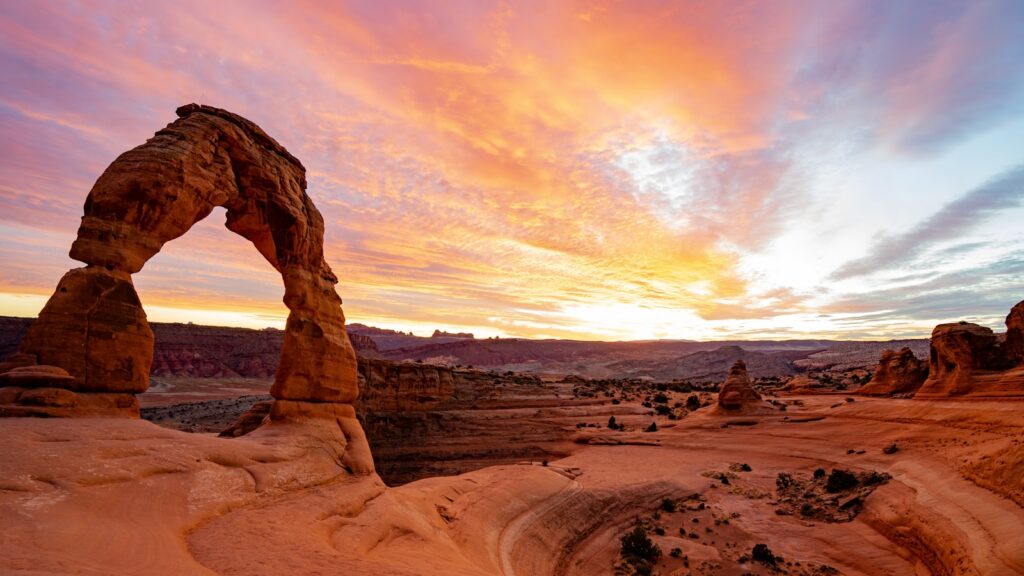
The red desert landscape surrounding Moab offers diverse climbing experiences from crack climbing on sandstone towers to sport routes on limestone walls. While the area is perhaps best known for classics like Castleton Tower and Ancient Art, shorter trips can focus on areas like Wall Street along the Colorado River, where single-pitch trad and sport routes allow for maximum climbing time. The nearby Indian Creek provides the world’s premier crack climbing experience, though it requires a specialized gear collection to fully enjoy. Moab’s well-developed tourism infrastructure means you’ll find everything from campgrounds to luxury accommodations, along with restaurants and gear shops in town. Spring and fall provide the most comfortable temperatures, while winter can offer surprisingly pleasant climbing conditions on south-facing walls when the sun is shining.
Leavenworth, Washington
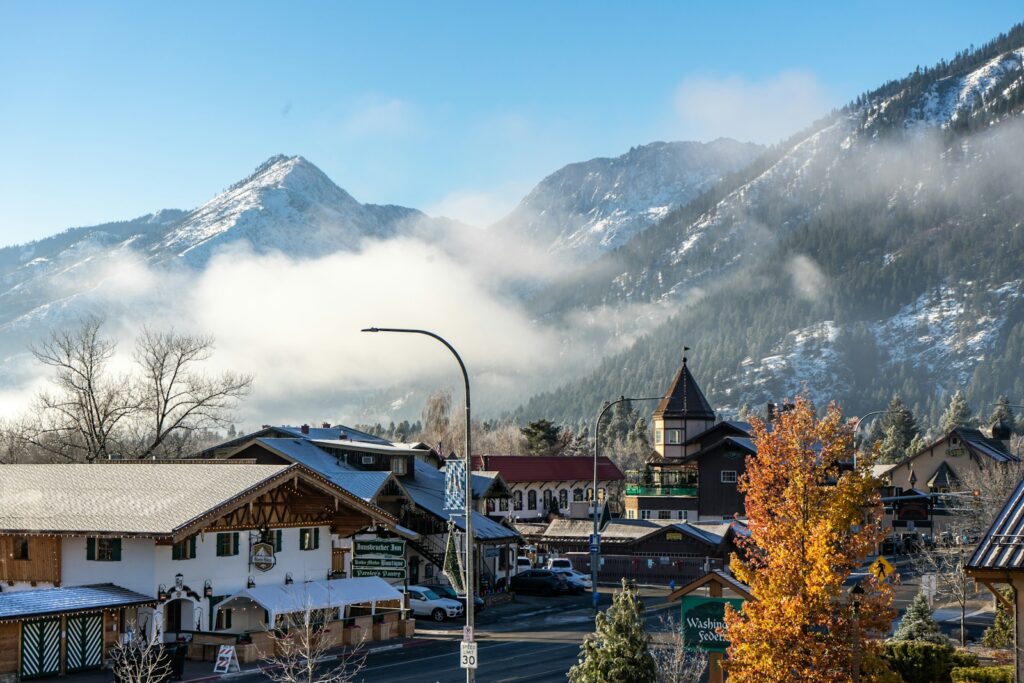
Offering a unique combination of granite bouldering, traditional cragging, and alpine objectives all within close proximity, Leavenworth makes an excellent long weekend destination. The main areas like Icicle Creek Canyon feature quality granite climbs within minutes of parking, while ambitious visitors can venture further into the Enchantments for multi-pitch experiences. The bouldering scene has exploded in popularity, with hundreds of problems on clean granite blocks scattered throughout the forests. The Bavarian-themed town of Leavenworth provides a charming base camp with diverse dining options and accommodations, though camping along Icicle Creek Road keeps you closer to the climbing. Late spring through early fall provides the most reliable conditions, while the east-side location in the Cascade rain shadow means more sunny days than many other Pacific Northwest destinations.
City of Rocks, Idaho
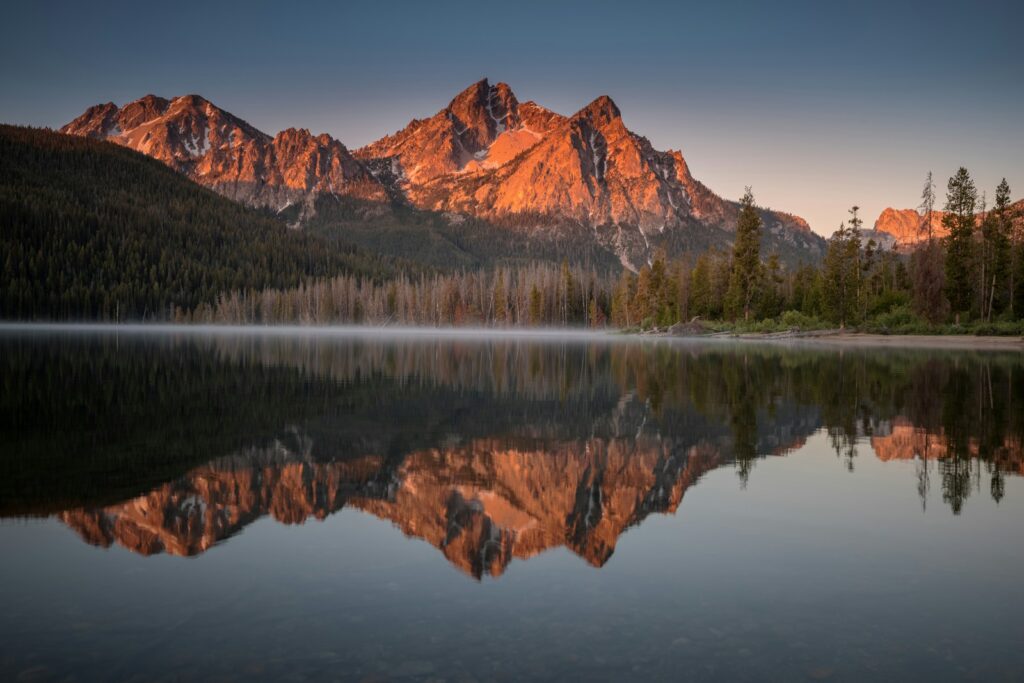
This historic national reserve in southern Idaho features unique granite formations with exceptional traditional and sport climbing routes in a remote, scenic setting. The unique “pinball” granite offers incredible friction and features climbing that ranges from slabs to steep face climbing and crack systems. With over 700 established routes, most in the single-pitch range, you can sample tremendous variety over a long weekend while enjoying the park’s historical significance as part of the California Trail. The nearby town of Almo offers basic services, while camping within the reserve provides the full experience of star-filled nights and sunrise on the granite spires. The high desert climate means early summer and fall offer ideal conditions, while mid-summer requires early starts to avoid afternoon heat on south-facing walls.
The Gunks, New York
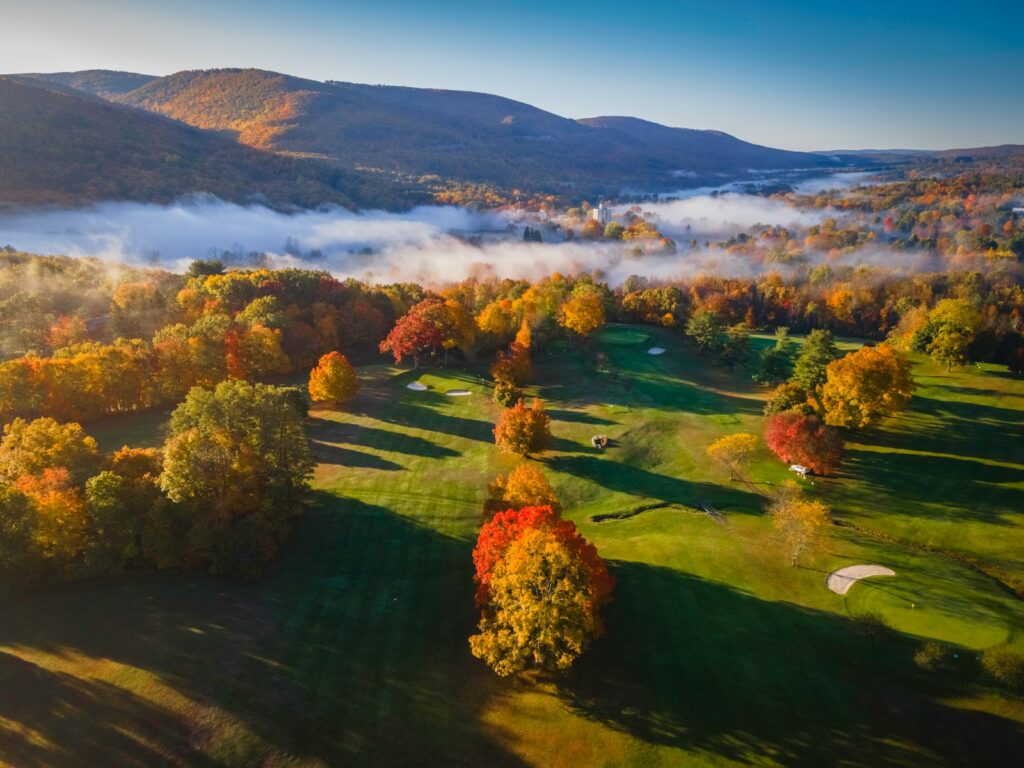
Located just 90 minutes from New York City, the Shawangunk Ridge (or “The Gunks”) provides accessible traditional climbing on quartz conglomerate cliffs with a rich climbing history dating back to the 1930s. The area specializes in horizontal crack systems that create distinct roofs and overhangs, requiring unique protection techniques and movement skills different from many other climbing areas. Despite being one of America’s oldest climbing destinations, new routes continue to be developed, though most visitors focus on the thousands of established classics. The nearby town of New Paltz offers excellent dining, accommodation, and a college-town vibe, while the American Alpine Club operates a climber campground at the base of the cliffs. Fall brings spectacular foliage along with crisp, dry conditions perfect for friction-dependent climbing, though spring and early summer can also provide excellent weekends.
Bishop, California
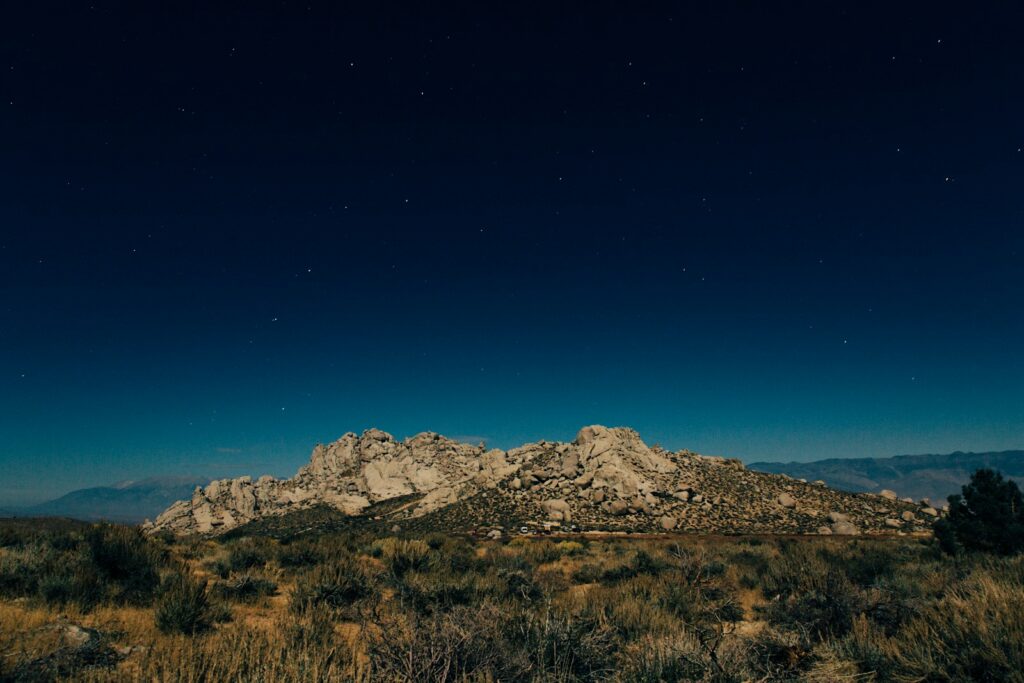
While primarily known for world-class bouldering in the Buttermilks, Bishop offers a diverse climbing experience perfect for a long weekend. The volcanic tuff at the Happy and Sad Boulders provides a completely different style from the granite blocks of the Buttermilks, allowing you to experience varied terrain without long approaches. For rope climbing, the nearby Owens River Gorge features hundreds of sport routes on volcanic rock within a dramatic canyon setting. The town of Bishop supports a vibrant climbing community with gear shops, coffee houses, and restaurants, while camping options range from developed campgrounds to dispersed BLM land. The high desert climate means winter provides surprisingly comfortable climbing temperatures, making Bishop an ideal destination when many other climbing areas are snowbound.
Shelf Road, Colorado
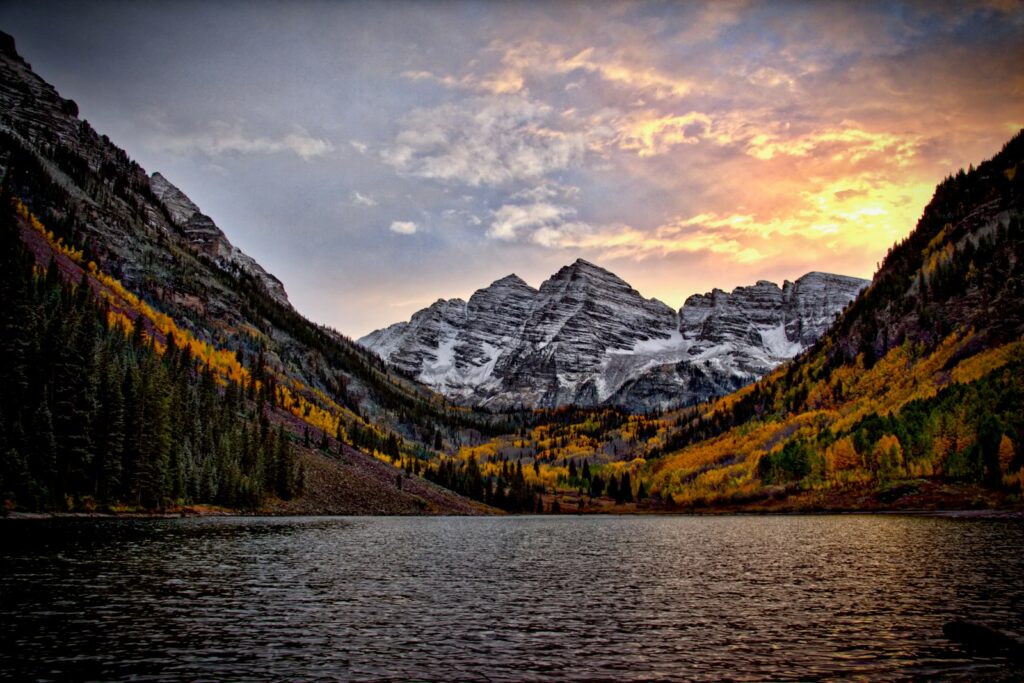
Located near Canon City, Colorado, Shelf Road has emerged as one of the state’s premier sport climbing destinations with over 1,000 limestone routes packed into several compact areas. The pocketed limestone creates technical face climbing on vertical to slightly overhanging terrain, with routes spanning all difficulty levels from 5.7 to 5.14. The relatively low elevation compared to other Colorado climbing areas means Shelf Road often provides comfortable climbing when higher destinations are too cold, making it particularly valuable for spring and fall long weekends. Two established campgrounds cater specifically to climbers with basic amenities including pit toilets and fire rings, while Canon City offers hotel options approximately 30 minutes away. The semi-arid climate means climbing is possible year-round, though summer requires early starts and seeking shade during peak afternoon heat.
Planning Your Long Weekend Climbing Trip

Maximizing a long weekend climbing trip requires strategic planning different from extended vacations. Focus on destinations within a reasonable driving distance—ideally no more than 4-5 hours from home or your arrival airport to ensure more time on rock than in transit. Research current conditions and seasonal considerations, as weather patterns can dramatically affect climbing quality and safety. Consider staying in climber-focused accommodations like American Alpine Club campgrounds or climber hostels where you might connect with potential partners or gather current beta on conditions. Pack efficiently with versatile clothing layers and only the gear specific to your destination’s style. Finally, don’t overschedule your climbing days—building in rest time or a half-day buffer allows for weather challenges and prevents disappointment if conditions aren’t perfect throughout your trip.
Whether you’re seeking the sandstone pockets of the Red River Gorge, the granite cracks of Joshua Tree, or the limestone faces of Shelf Road, long weekends provide the perfect opportunity to expand your climbing horizons without exhausting vacation time. By choosing destinations that balance quality climbing with reasonable accessibility, you can transform ordinary weekends into extraordinary adventures. The climbing community, scenic beauty, and physical challenge found at these destinations offer rejuvenation beyond what any ordinary weekend could provide. Pack your gear, check the weather, and hit the road—your next climbing adventure awaits just a long weekend away.

